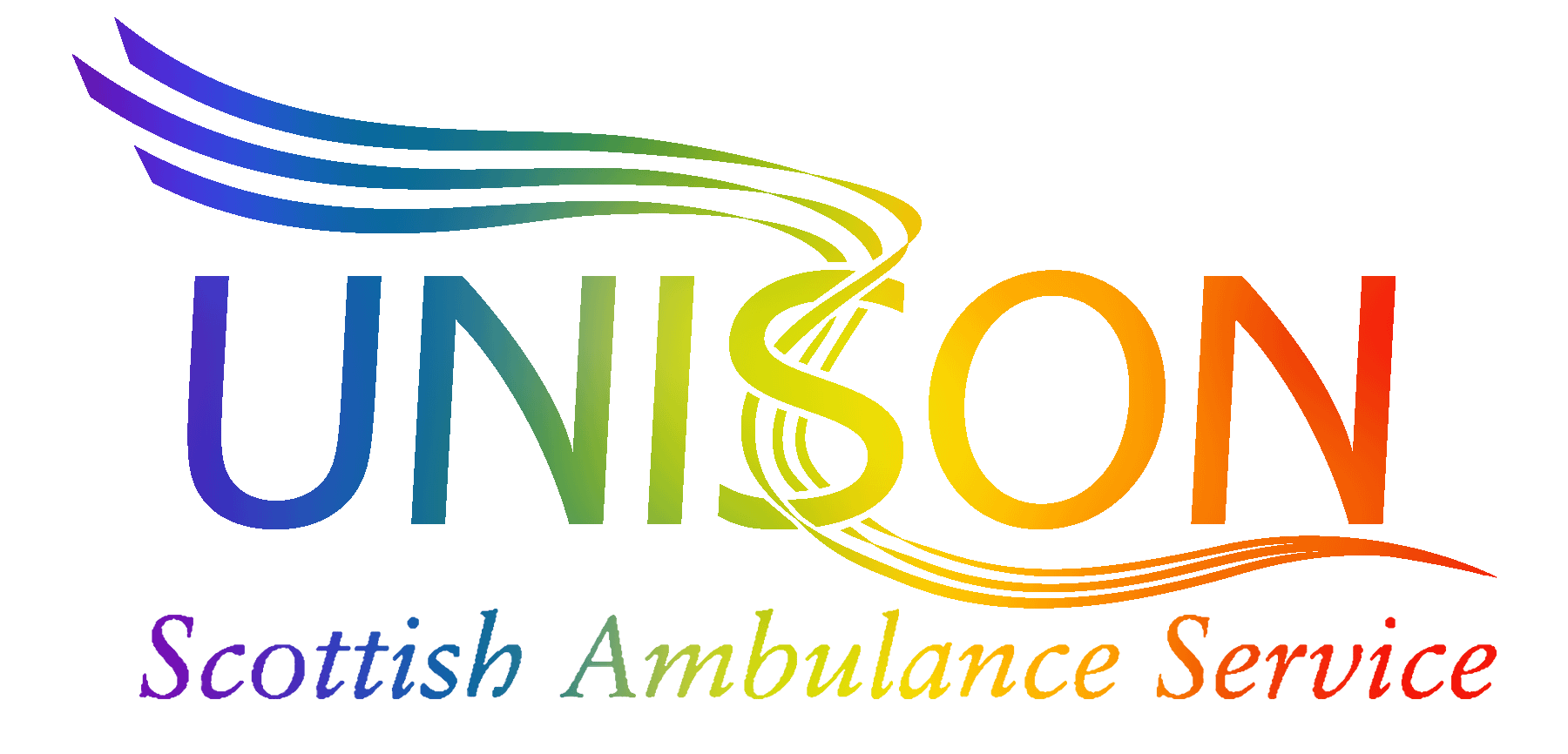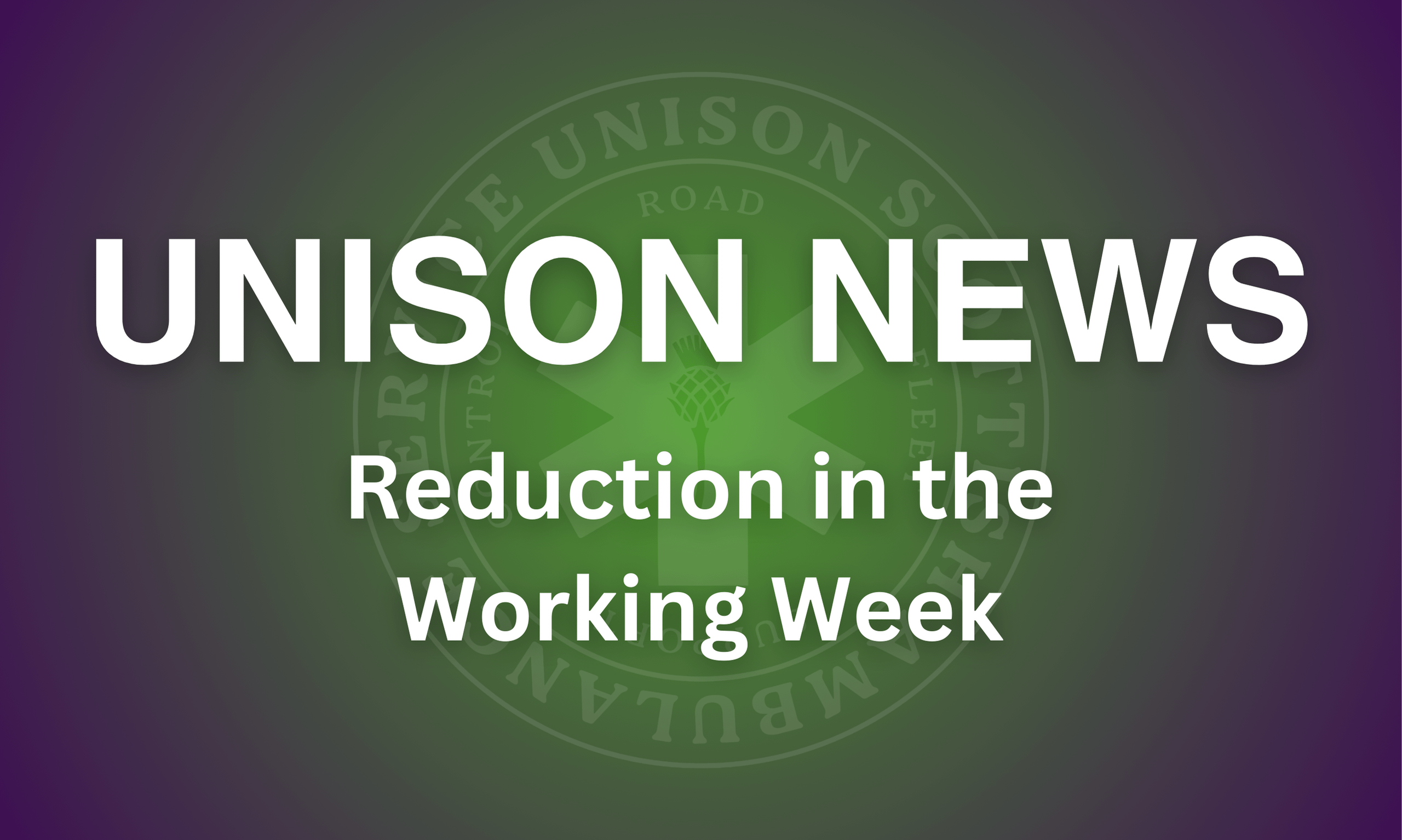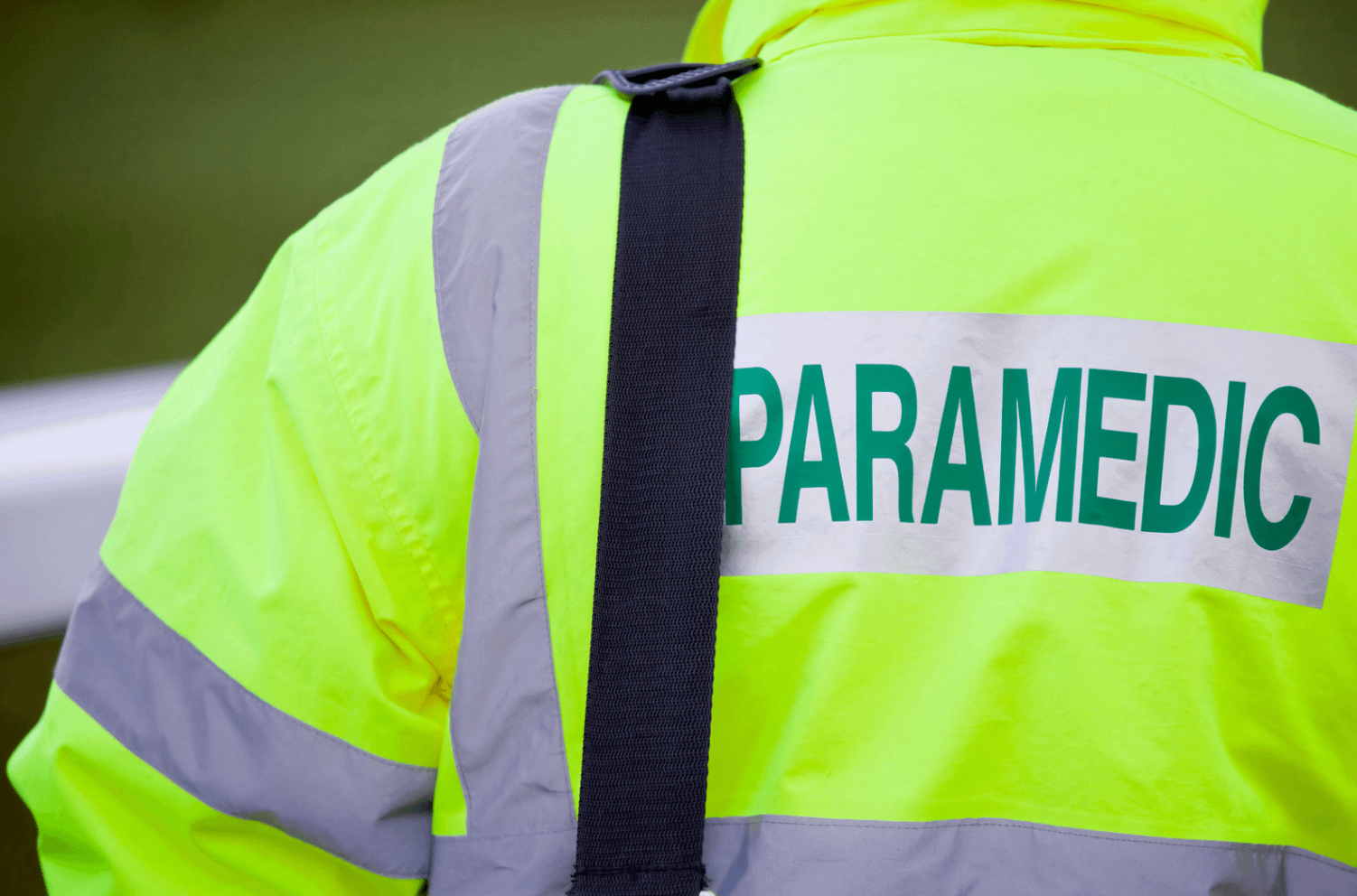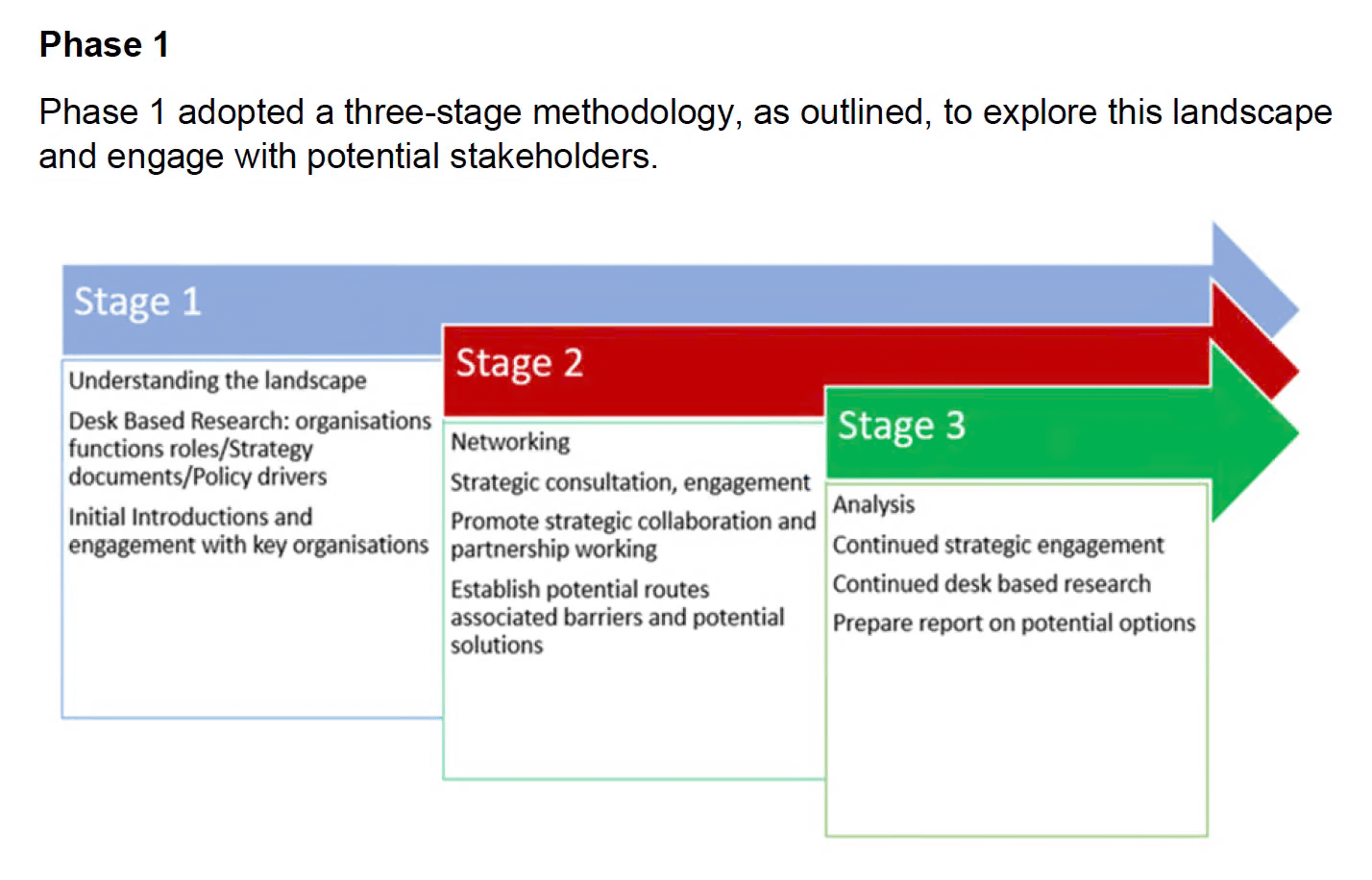The Scottish Ambulance Service’s Reduced Working Week: What You Need to Know
The Scottish Ambulance Service (SAS) is committed to improving the work-life balance of its employees. In line with this commitment, SAS has announced a reduction in the working week, a move that has been eagerly anticipated and discussed extensively. This initiative has been developed in partnership with employee representatives, ensuring that the changes benefit the entire workforce.
Understanding the Reduced Working Week
The reduction in the working week is a significant step towards enhancing employee well-being and ensuring that the SAS continues to provide exceptional service to the public. The new guidelines have been carefully crafted to address various aspects of work schedules and the calculation of working hours. Here’s what you need to know:
Key Highlights of the New Guidelines
- Reduction in Weekly Hours: The standard working week will be reduced, providing employees with more personal time without compromising their roles and responsibilities. This reduction is aimed at reducing burnout and improving overall job satisfaction.
- Flexible Implementation: The reduction in hours will be implemented in a flexible manner, allowing different departments and roles to adapt according to their specific needs. This ensures that operational efficiency is maintained while offering employees the benefits of reduced hours.
- Equitable Adjustments: The adjustments in working hours have been agreed upon in partnership with employee representatives. This collaborative approach guarantees that the changes are fair and equitable across the board.
- Updated Calculation Methods: New methods for calculating working hours have been introduced. These methods ensure transparency and accuracy, making it easier for employees to understand their schedules and any changes that may occur.
- Comprehensive Q&A: An updated Q&A section is available to address any queries or concerns employees might have regarding the new guidelines. This resource provides detailed answers and clarifications, ensuring that everyone is well-informed about the changes.
Accessing the Updated Guidelines
For detailed information on the reduced working week and how it will be implemented, employees are encouraged to visit the SAS SharePoint site. This site will be regularly updated with the latest information, including the full guidelines and the comprehensive Q&A section.
Click here to access the SAS SharePoint site where all the information will be uploaded and updated.
What This Means for You
The reduction in the working week is a positive change aimed at fostering a healthier work environment. Employees can expect:
• Better Work-Life Balance: More personal time to relax, recharge, and spend with family and friends.
• Increased Job Satisfaction: A more manageable workload can lead to higher job satisfaction and morale.
• Enhanced Well-Being: Reduced stress and burnout, contributing to better overall health and well-being.
Moving Forward
The Scottish Ambulance Service is dedicated to supporting its employees through this transition. Regular updates and open communication will be maintained to ensure that everyone is informed and any issues are promptly addressed.
We believe that this initiative will not only benefit our employees but also enhance the quality of service we provide to the public. By prioritizing the well-being of our workforce, we are building a stronger, more resilient organization.
Stay tuned for more updates and make sure to visit the SAS SharePoint site regularly for the latest information.
Together, we are paving the way for a more balanced and fulfilling work environment.The Scottish Ambulance Service’s Reduced Working Week: What You Need to Know
The Scottish Ambulance Service (SAS) is committed to improving the work-life balance of its employees. In line with this commitment, SAS has announced a reduction in the working week, a move that has been eagerly anticipated and discussed extensively. This initiative has been developed in partnership with employee representatives, ensuring that the changes benefit the entire workforce.




